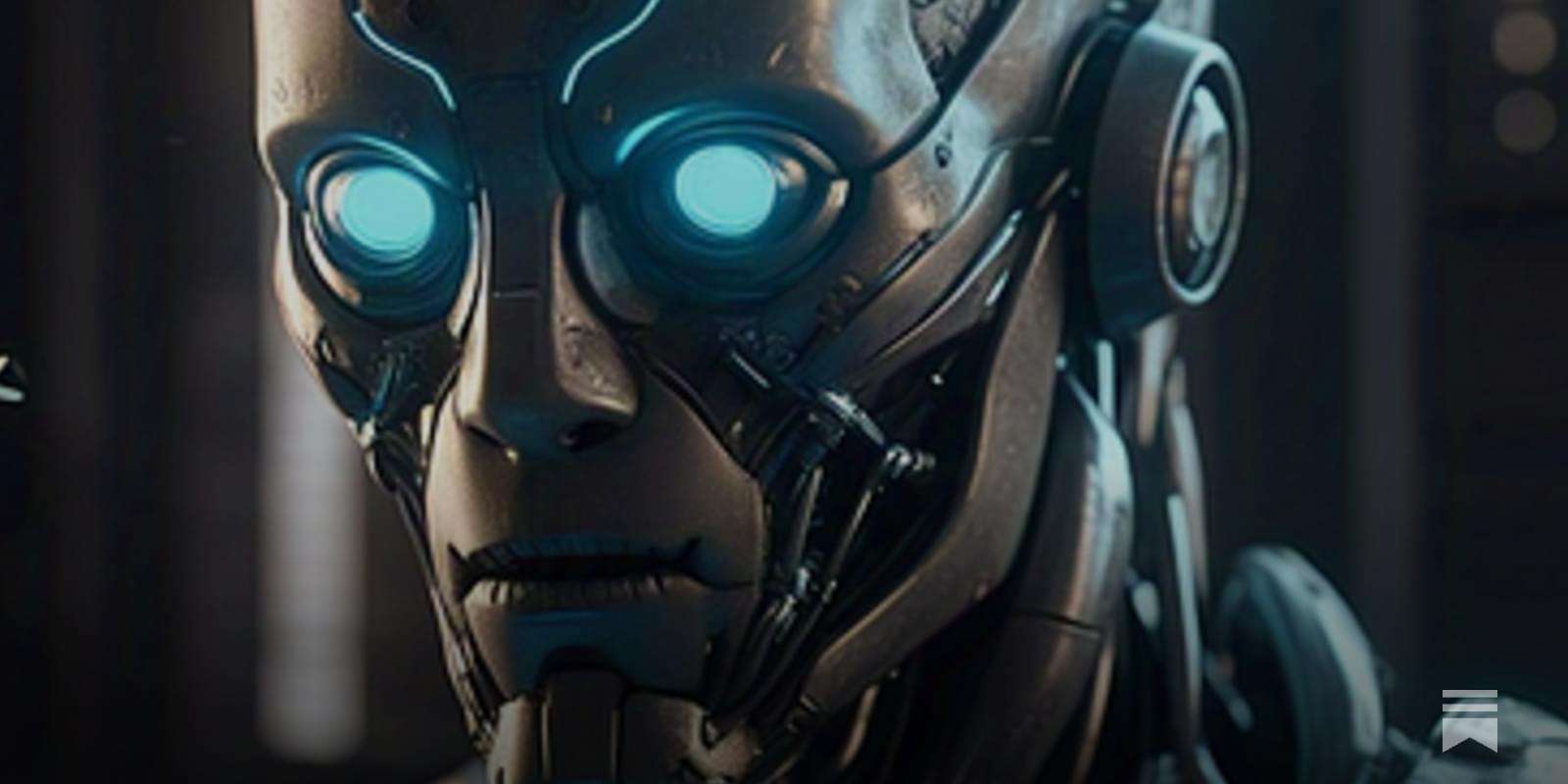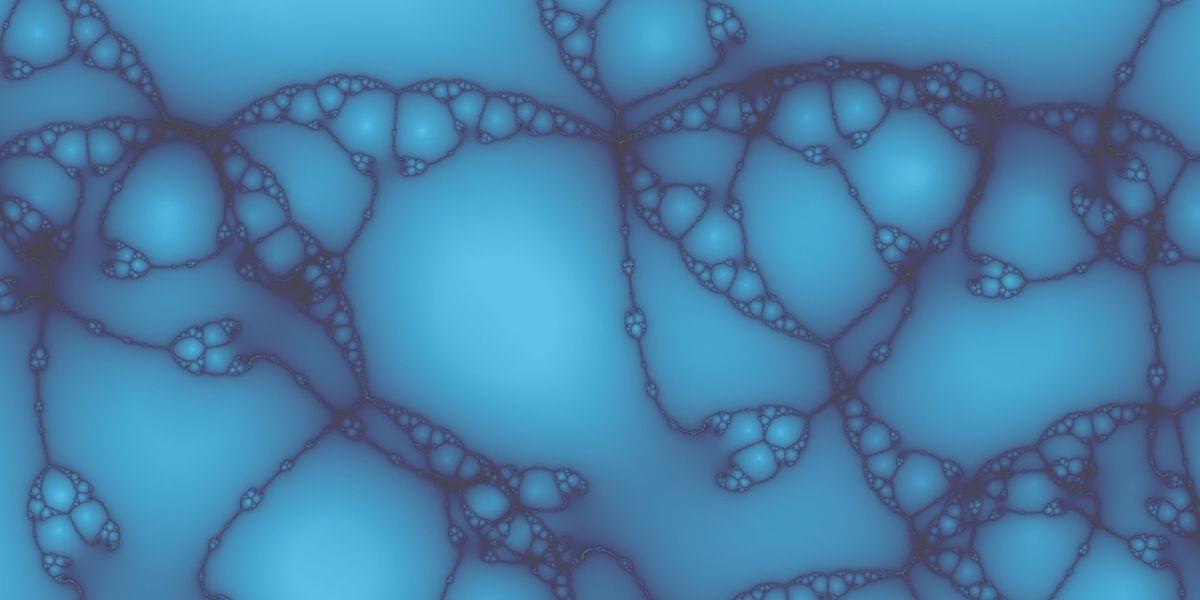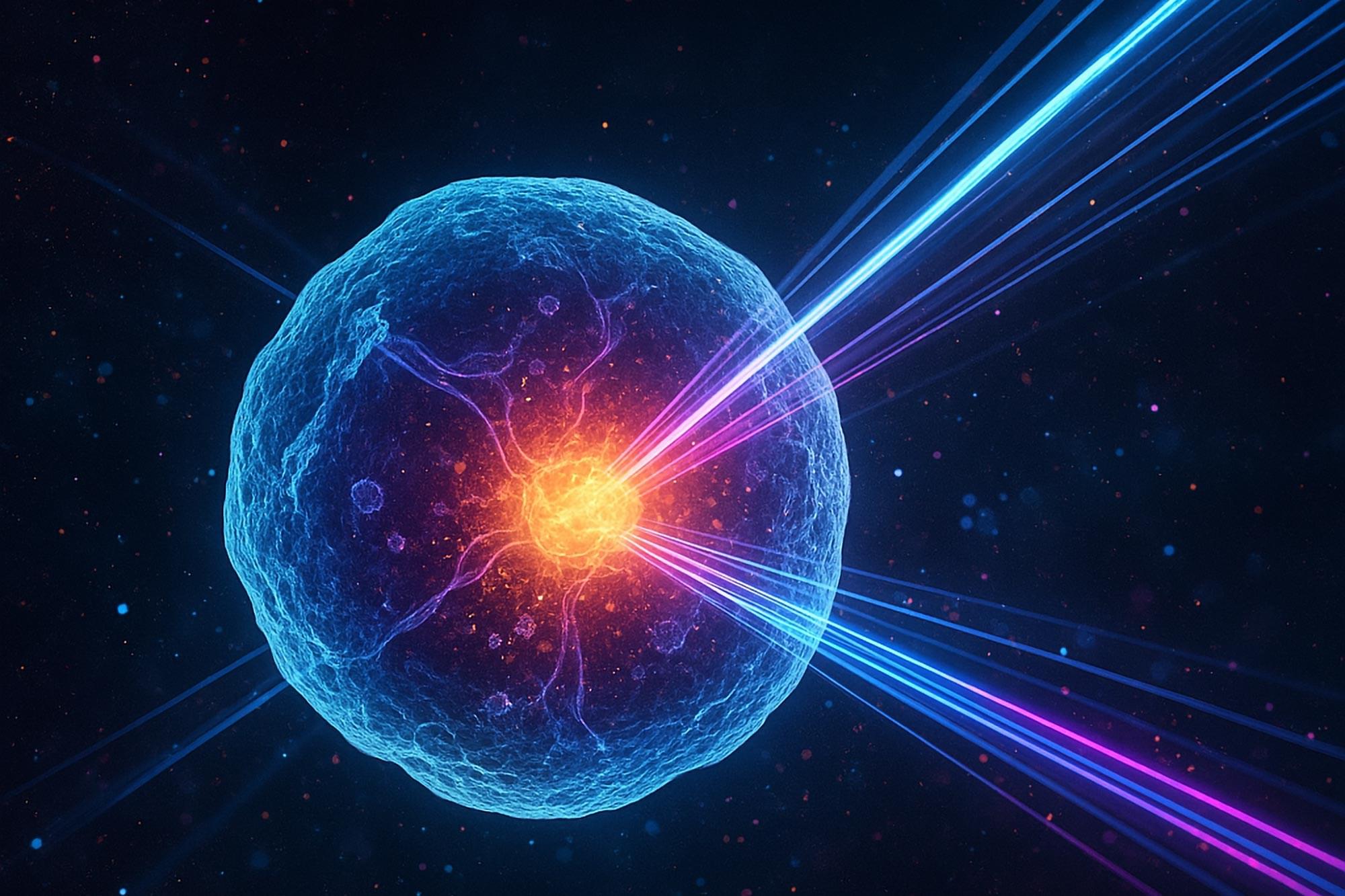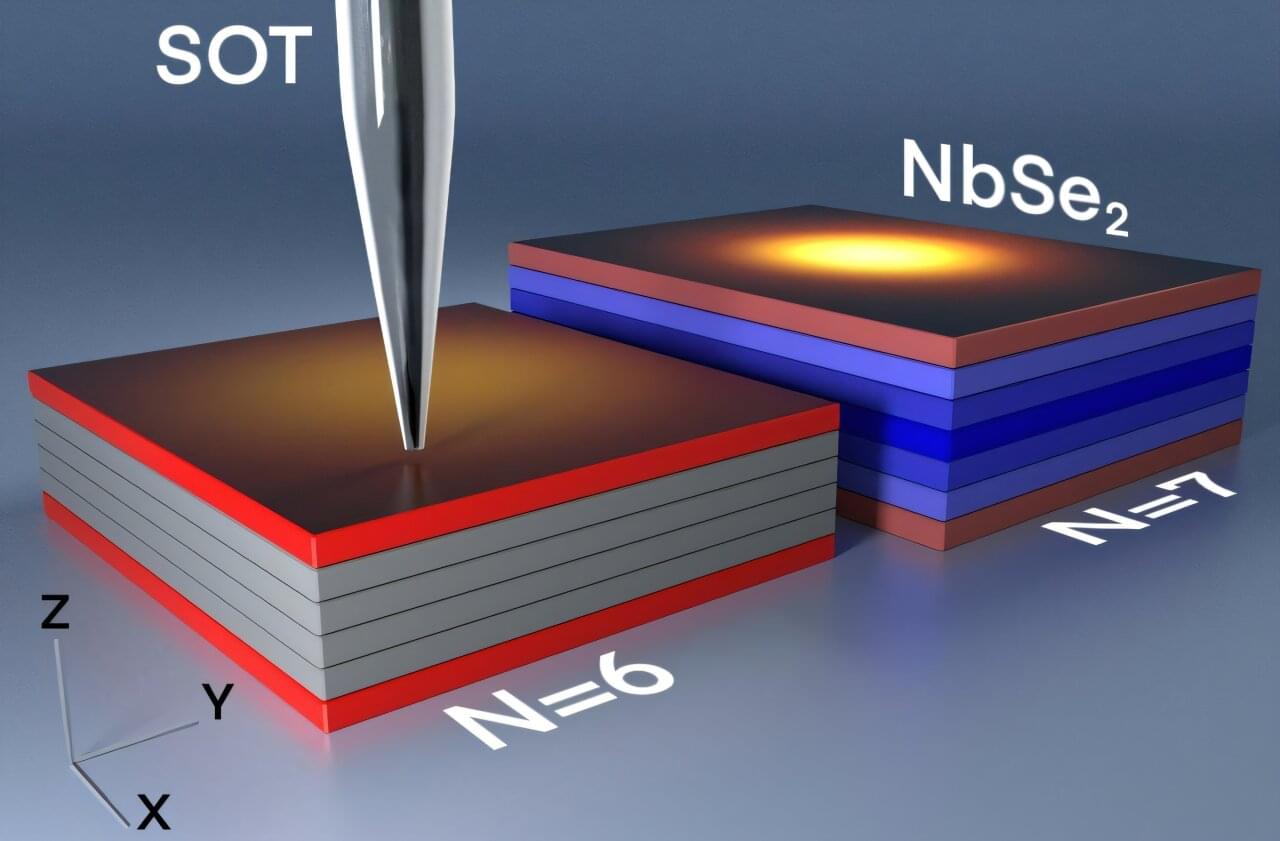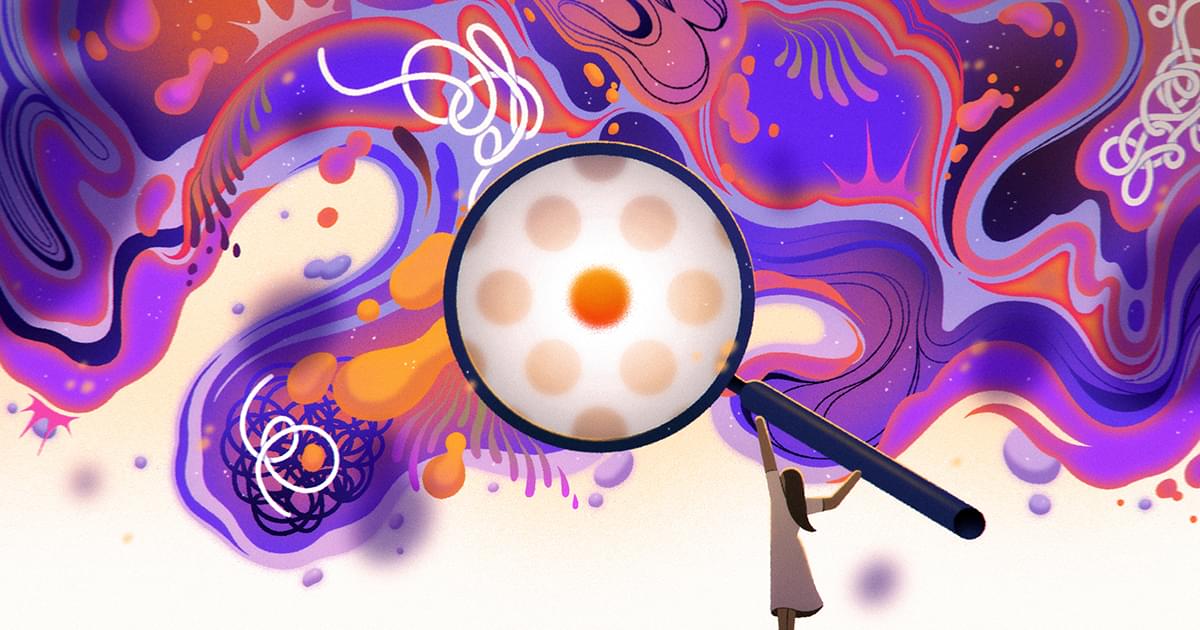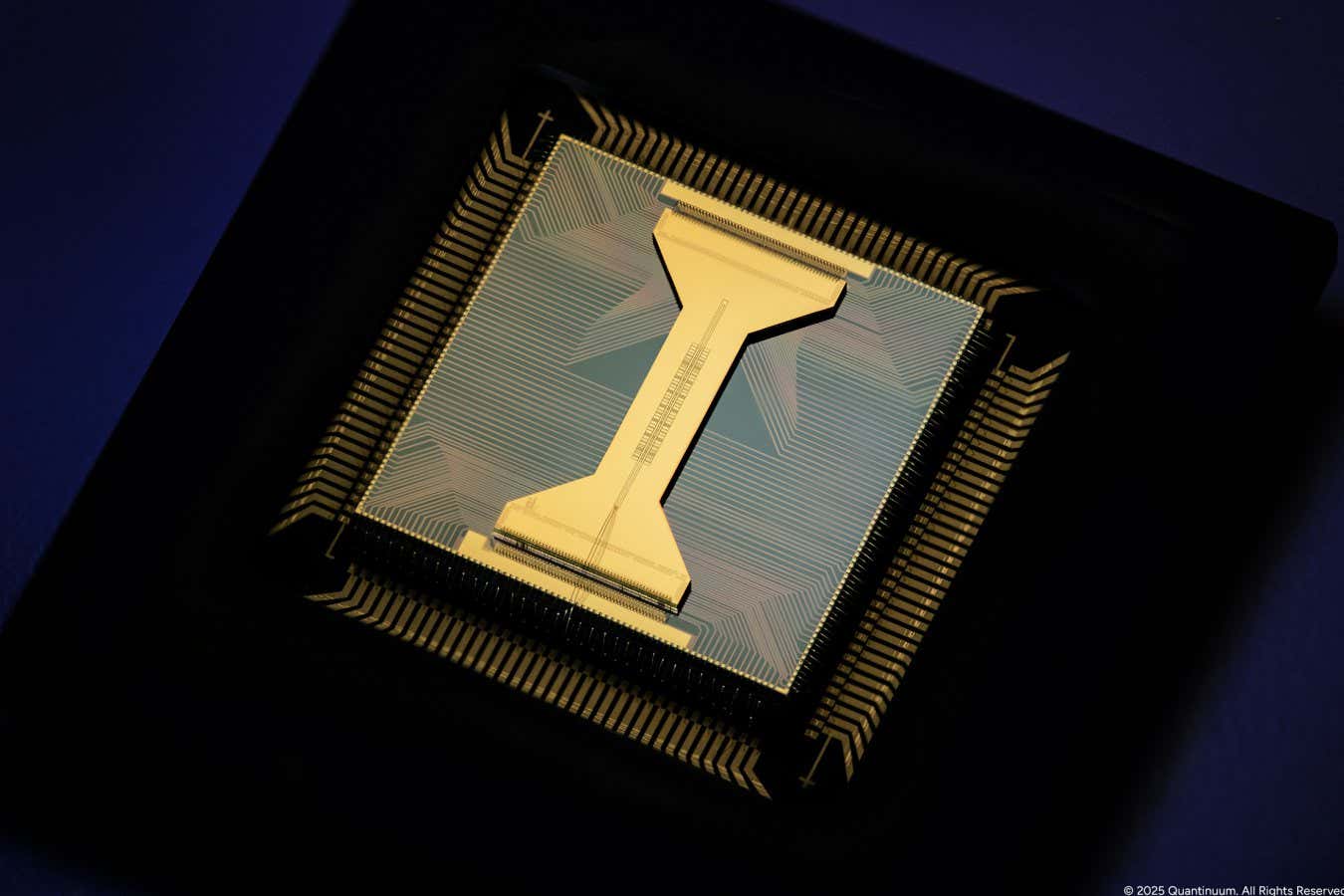🚀 Imagine a future where living to 150 is possible—but only if you give up sugar, take ice-cold showers, and inject custom-engineered bacteria. Would you do it? In this deep dive into longevity science, we uncover the shocking truth about genetics, lifestyle, biohacking, and whether living longer actually makes life better. Plus, the real reason happiness might be the ultimate anti-aging hack! 🤯💡
#Longevity #AntiAging #Biohacking #LiveLonger #Science #Health #Wellness #LongevitySecrets #HealthyAging #LifeExtension
